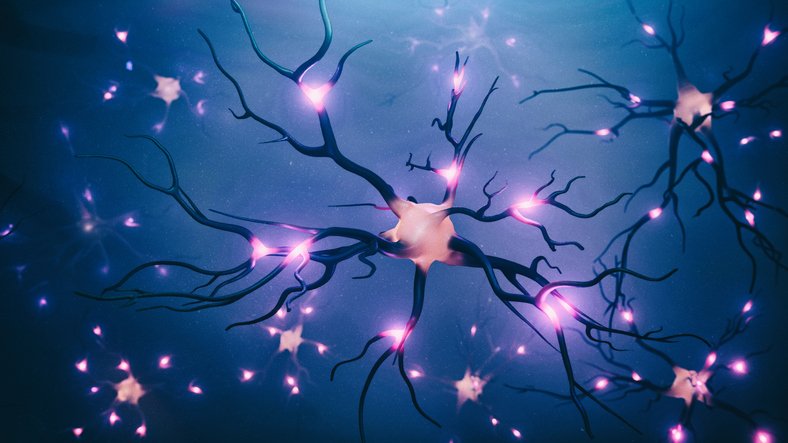Cellular senescence is a state where cells permanently stop dividing but remain metabolically active, often in response to stress or damage. Senescent cells are known to play a key role in wound repair and aging-related diseases, such as cancer and heart disease. Tracking the progress of senescence could improve our understanding of how these cells contribute to aging and disease.
In a new study published in Nature Communications titled, “Nuclear morphometrics coupled with machine learning identifies dynamic states of senescence across age,” researchers from New York University (NYU) Langone Health Department of Orthopedic Surgery have developed a machine learning approach that uses nuclear morphology to identify senescent cells at single-cell resolution.
“Our study demonstrates that specific nuclear morphometrics can serve as a reliable tool for identifying and tracking senescent cells, which we believe is key to future research and understanding of tissue regeneration, aging, and progressive disease,” said Michael Wosczyna, PhD, assistant professor at the NYU Grossman School of Medicine.
Senescent cells remain metabolically active when exiting the cell cycle and release inflammatory cytokines as part of the senescence-associated secretory phenotype (SASP). These cytokines can stimulate the immune system to aid tissue repair, but also cause chronic inflammation if senescent cells accumulate, as in aging.
Determining whether senescent cells are beneficial or detrimental is based on the contextual influences of the tissue. However, factors such as variability in senescent markers and a limited number of senescent cells in tissues have challenged the consistency and conclusiveness of senescence studies.
Using nuclear morphometrics, the authors established an unsupervised learning approach to broaden the system’s applicability across mechanisms of senescence, cell types, and tissue contexts. This nuclear morphometric pipeline (NMP) was able to detect senescent cells in young, aged, and geriatric skeletal muscle and cartilage to show efficacy in detecting in vivo senescence.
The NMP uses the nucleus’s physical characteristics to produce a single senescent score to describe a range of cells. Groups of fully senescent cells were compared to a cluster of healthy cells on a scale from -20 to 20. Validation results showed that the NMP score successfully distinguished between healthy and diseased mouse cells from age three months to more than two years, with older cell clusters demonstrating significantly lower NMP scores than younger cell clusters.
The researchers also analyzed cells in mice of varying ages with injured muscle tissue as it underwent repair. The NMP tracked changing levels of senescent and non-senescent mesenchymal stem cells, muscle stem cells, endothelial cells, and immune cells in young, adult, and geriatric mice. Results showed that senescent muscle stem cells were absent in control mice that were not injured, but present in large numbers in injured mice immediately after muscle injury, with gradual loss as the tissue regenerated.
Final testing showed that the NMP could successfully distinguish between healthy and senescent cartilage cells, which were 10 times more prevalent in geriatric mice with osteoarthritis, a disease known to progressively worsen with age, than in younger, healthy mice.
NYU has filed a patent application for NMP. Looking ahead, the team plans to examine the use of the NMP in human tissues and combine their pipeline with other biomarker tools for examining senescence and its various roles in wound repair, aging, and disease.
The post AI Approach Tracks Cell Senescence Using Nuclear Morphology appeared first on GEN – Genetic Engineering and Biotechnology News.




